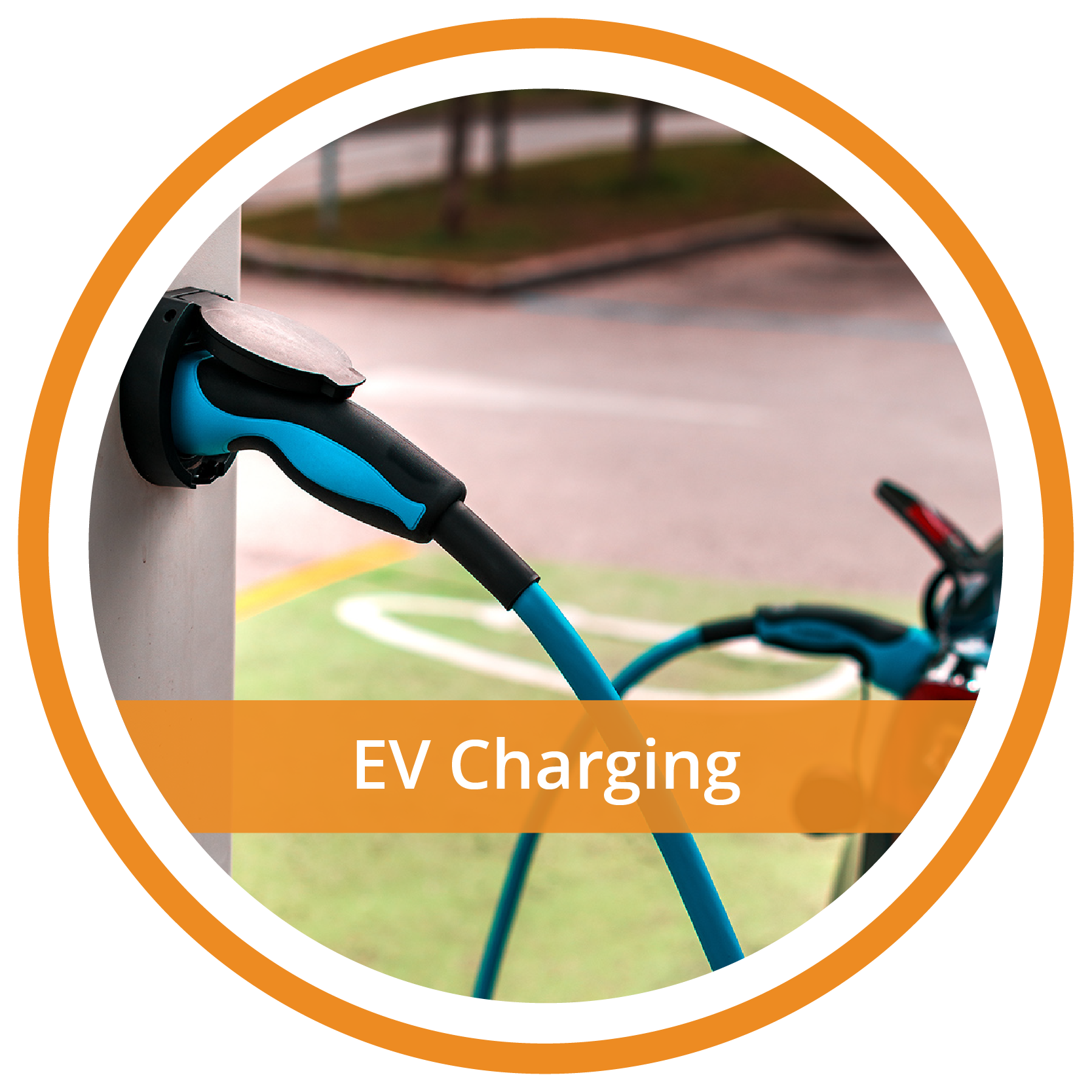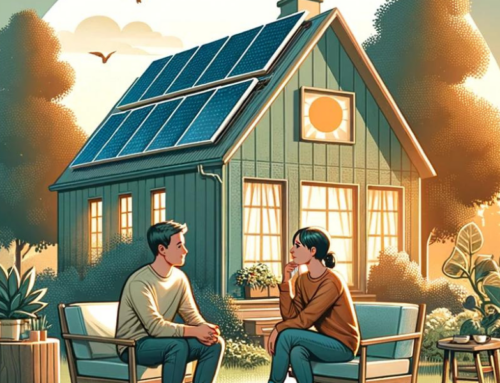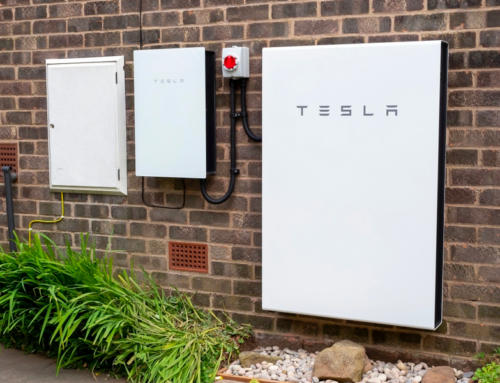When you go solar for your household energy needs, you’ll save money on electric bills and add value to your home. Want to do even more? By driving an electric vehicle (EV), you’ll power it with sustainable energy from the sun. Another benefit is that the maintenance of an EV is minimal, costing much less than conventional vehicles.
So, you may not have one yet, but EVs are coming. Let us help you plan your solar installation for this inevitability, know what to expect with your EV purchase, and size your system based on your driving habits and EV model. We can also offer advice about EV charging solutions.
Understanding Charging
There are three levels of chargers currently available.
Level 1 (trickle) charging typically takes 15 hours to charge an EV fully. That means that owners may need to charge during peak usage times or feel compelled to ‘top off’ using public charging stations to avoid range anxiety—expensive alternatives! Level 2 or even Level 3 chargers offer faster-charging alternatives and may be well worth the costs. For those who are new to EVs,. Here is a quick primer on chargers:
Level 1 Chargers
These typically come with your car and are able to be used with your home electric outlets.
Pros
- Easily adaptable, use with a standard 110 outlet
- Easy to transport to allow remote charging
Cons
- Typical charging time for a full charge is 15 hours
- Most basic charging systems have no interface
- No ability to select charge cycle to avoid top peak usage
Level 2 Chargers
The charging time is reduced by more than 60%, which allows owners to charge at a public charger’s speed without incurring any cost.
Pros
- Quality chargers will fully charge an EV in 3 to 4 hours
- Plug-in models can share an outlet with a range or dryer
- May be purchased as a mobile unit for remote charging
- Most have mobile apps to monitor or configure charging
- Ownership yields a lower cost of charging versus public charging station
- Peace of mind allowing EV owners to maintain full capacity for the most range
Cons
- Require a 240v electrical outlet or hardwired, plus a dual-pole dedicated breaker
- Expense for installation — A Licensed electrician needed to install new outlet or hardwiring
- If demand charges are in place, the higher current draw may mean higher energy costs
Level 3 Chargers
The cream of the crop! These are the leading-edge charging technologies.
Pros
- The fastest charge times available — approximately 80% of range achieved in 40 minutes
- Can be integrated into a home solar array to allow true carbon-free fuel for the EV
- Bi-directional energy flow allows direct DC connection between the EV battery and the home in case of a power outage. Your EV helps keep your home powered!
- Highest degree of integration with the grid for both the user and the energy provider
Cons
- Very new technology — early adopter status for buyers
- Currently, unfamiliarity may cause delays in installers’ plan approvals (This will improve as technology matures)









